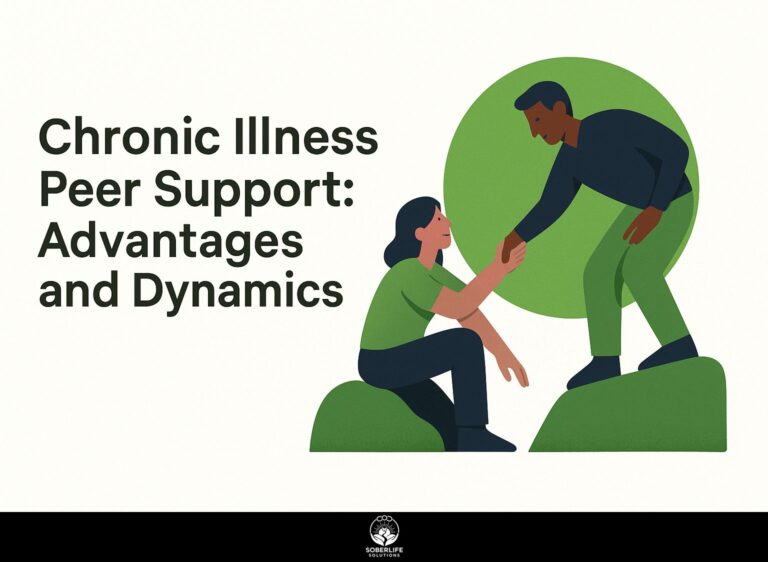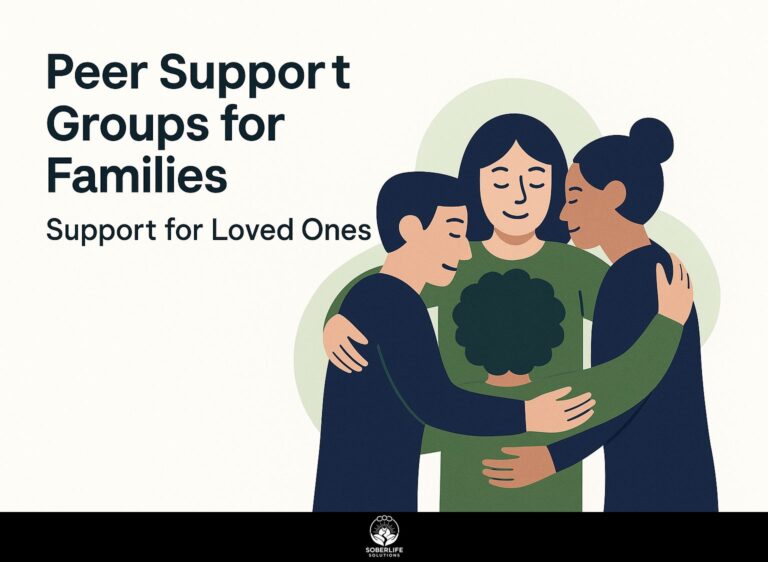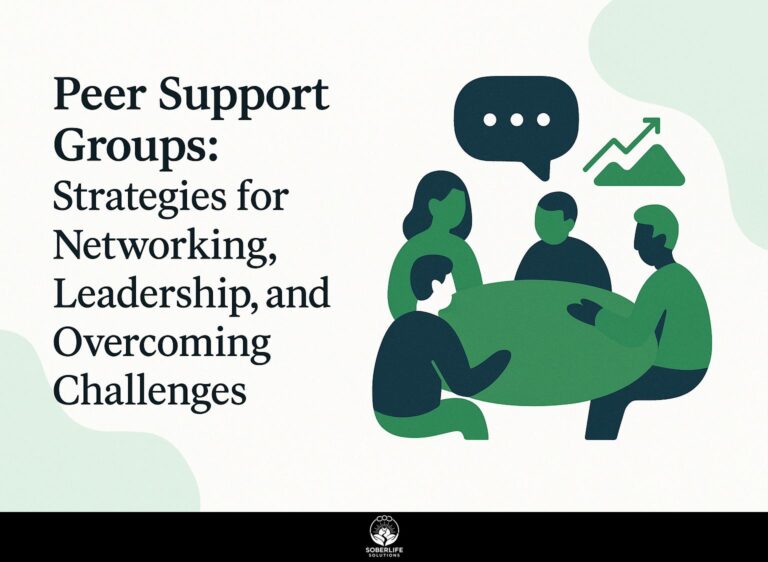Measuring Success in Peer Support Groups: Metrics
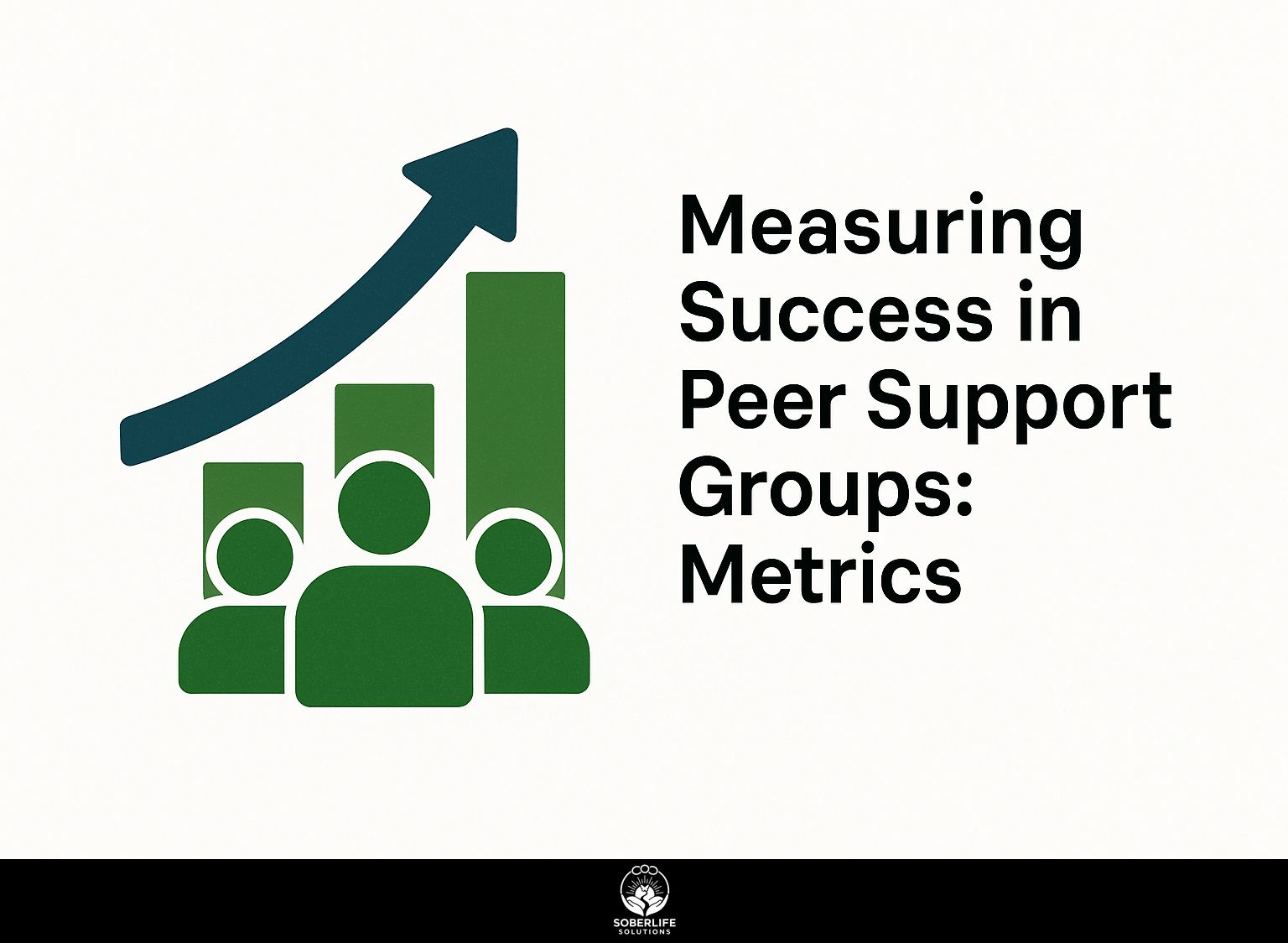
In mental health, peer support groups are important for giving emotional help to young adults, particularly university students facing difficulties. Evaluating success in these groups is important for knowing how they affect the participants’ well-being. This article will look at important measurements for judging how well peer support works. It will provide information that can improve programs and build better community ties. Join us to learn how to measure the success of these important networks.
Key Takeaways:
Importance of Measuring Success
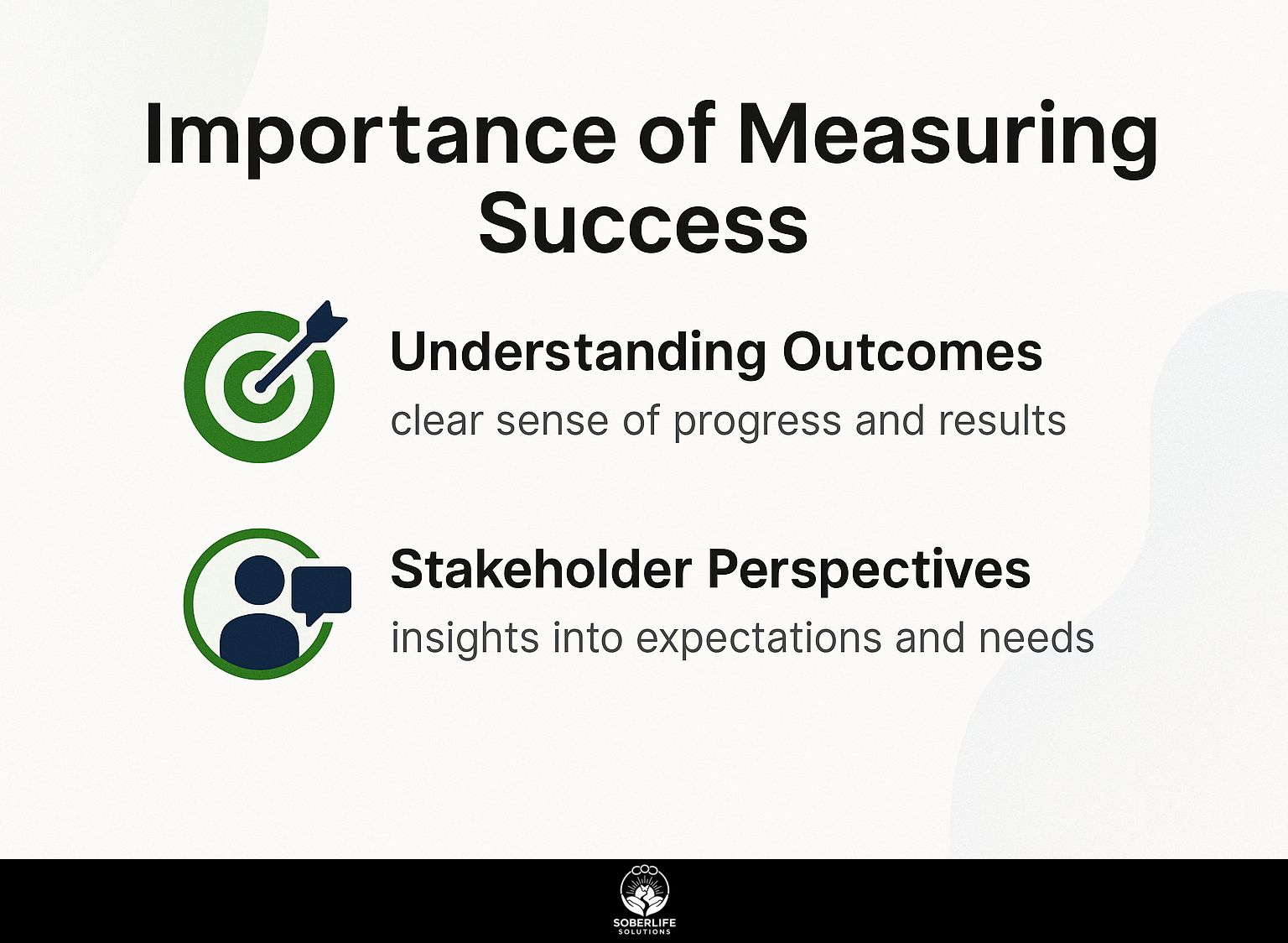
Evaluating the effectiveness of peer support programs is key to understanding their impact on mental health and demonstrating the necessity for financial support and resources. In fact, a major review by UCL has shown that peer support can significantly improve mental health outcomes, underscoring the vital role these programs play. For a deeper understanding of how peer support integrates into healthcare settings, consider exploring the workforce integration of peer support in healthcare.
Understanding Outcomes
Results from peer support programs can often be measured by better recovery statistics, showing how participants develop stronger coping methods and mental strength.
For example, a lot of assessments check anxiety levels using the Generalized Anxiety Disorder 7-item scale (GAD-7). Participants usually show a drop in scores by about 5 to 10 points after a few months. A study published by the JAMA Network highlights the effectiveness of the GAD-7 in accurately measuring these changes.
Similarly, improvements in self-esteem can be tracked using the Rosenberg Self-Esteem Scale, where participants frequently show upward shifts of 1 to 2 points.
These measurements clearly show success and help make programs better by identifying the most effective strategies with peers.
Stakeholder Perspectives
Getting input from participants, mental health professionals, and university staff provides various views on how well peer support networks work.
To gather feedback effectively, consider using methods such as focus groups and online surveys. Focus groups let people have detailed conversations, giving them a chance to share their thoughts and experiences. Online surveys can quickly gather input from more people.
Tools like SurveyMonkey or Google Forms facilitate easy survey creation and data analysis. Hosting structured interviews with staff can provide targeted feedback on program design. For an in-depth understanding of focus groups, Qualtrics offers a definitive guide detailing best practices and benefits.
Examining this information can show strong points and spots that can be better, helping to adjust peer support networks to suit community needs more effectively. Additionally, integrating QoL measures in substance use treatment might provide further insights into enhancing these networks based on the community’s well-being.
Key Metrics for Evaluation
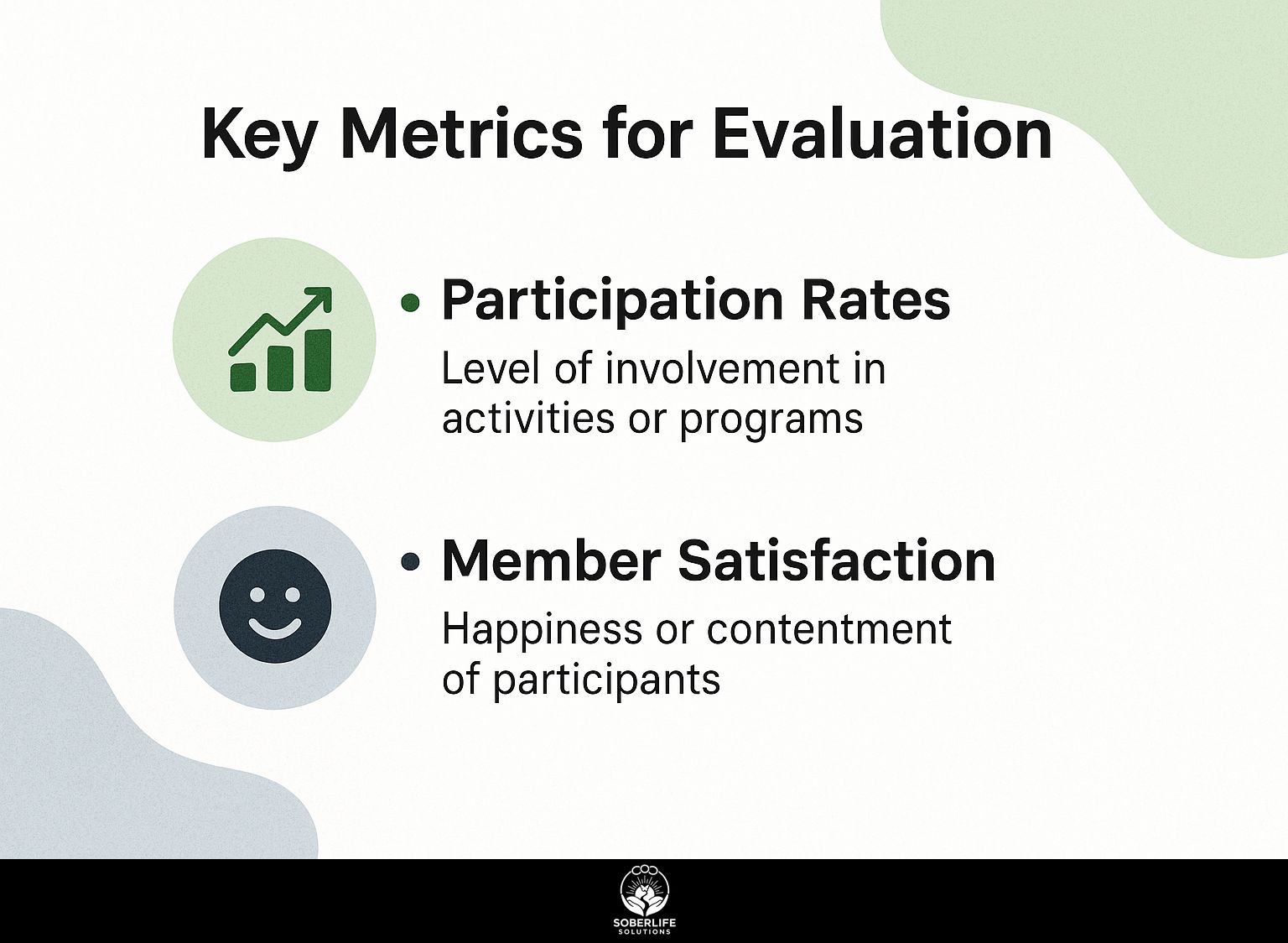
Key steps to evaluate peer support groups include looking at how many people attend and how satisfied the members feel. This information can help make changes and make the program better, emphasizing the importance of peer support networks in recovery.
Participation Rates
Tracking participation rates, such as average attendance per session, helps determine engagement levels and the overall appeal of peer support groups to young adults.
To effectively collect and analyze attendance data, consider using Google Sheets or SurveyMonkey.
In Google Sheets, create a simple attendance log with columns for each session date and participants’ names. This allows for easy calculation of participation rates. Aim for at least 70% attendance as a benchmark for engagement.
SurveyMonkey can help collect quick feedback after sessions to find out why people attended or missed them, giving more details on how the group interacts. Regularly review this data to change your approach and improve member engagement.
Member Satisfaction
Utilizing structured feedback surveys enables organizations to quantify member satisfaction and identify areas for improvement regarding peer support sessions.
To create effective surveys, use tools like Typeform or Google Forms.
Start by asking specific questions such as:
- “On a scale of 1-10, how satisfied are you with the peer support sessions?”
- “What subjects would you like us to discuss next?”
After collecting responses, analyze the data by identifying common themes and trends, which can reveal both strengths and opportunities for improvement. For example, if a lot of people ask for more topics on mental health, think about adding these to later sessions to get people more involved.
Qualitative vs. Quantitative Metrics
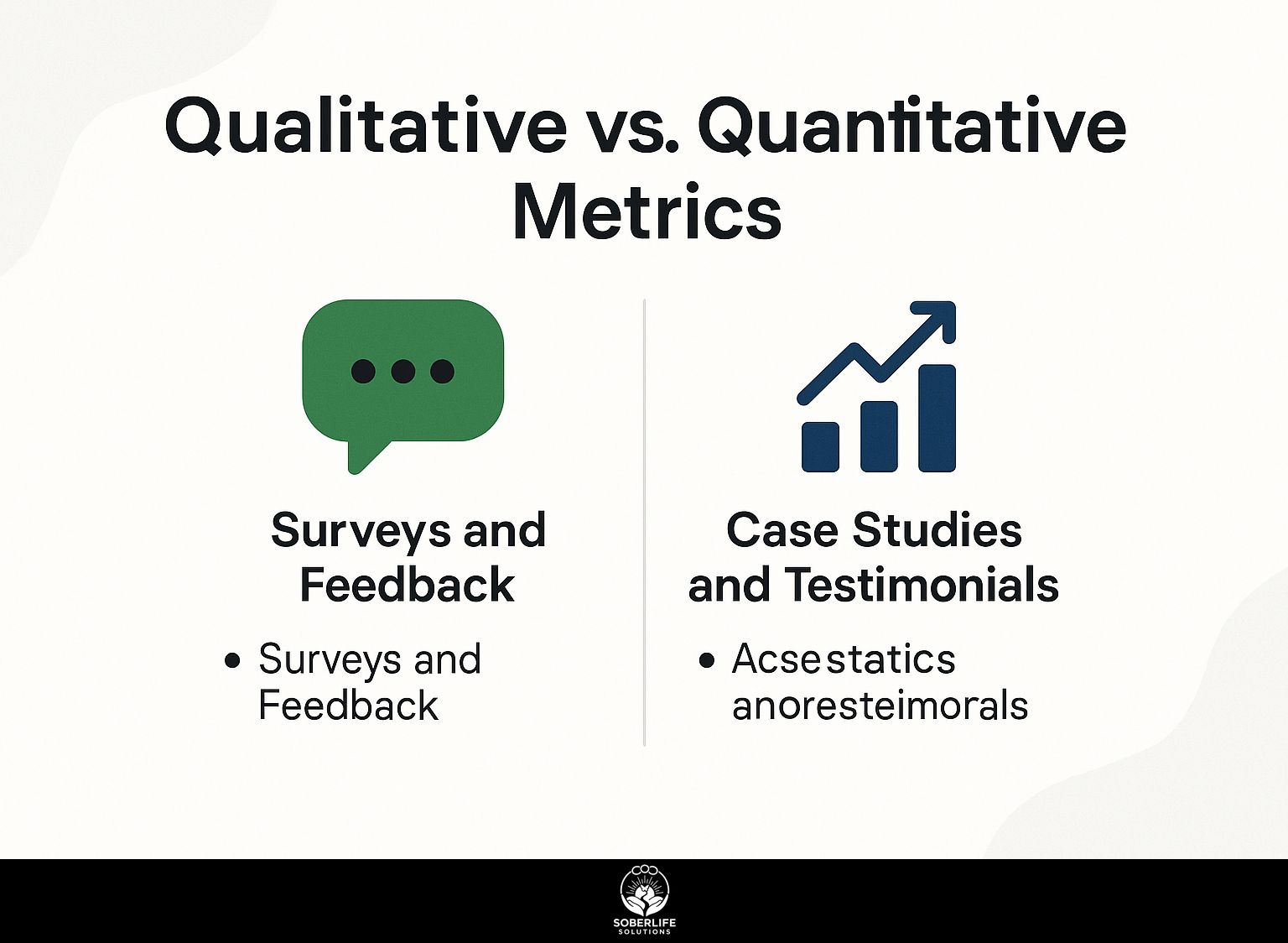
Using both numerical data and personal feedback gives a complete view of how well peer support works. Worth exploring: New Paradigm of Quality of Life in Research for deeper insights into integrating qualitative and quantitative metrics in research.
Surveys and Feedback
Regular surveys help gather feedback that can lead to better peer support programs and improve the experiences of participants.
- To design effective surveys, start by identifying your target audience and their needs.
- Include different types of questions, like Likert scale to gauge satisfaction and open-ended questions for detailed responses.
- Best practices include keeping surveys short-aim for 5-10 minutes-to avoid fatigue.
- Give rewards like gift cards or special resources to increase response rates.
- Use tools like Google Forms or SurveyMonkey for easy distribution and analysis of results.
This organized method can greatly improve interaction and collect useful feedback.
Case Studies and Testimonials
Stories and feedback from participants can provide clear evidence of how peer support affects their mental health experiences.
To tell these stories correctly, hold organized interviews that motivate participants to discuss their detailed experiences.
Ask questions that require more than a yes or no answer, like, “Can you share an experience where help from classmates had a big impact on you?” Use tools like Google Forms or SurveyMonkey to gather answers in an organized way.
Highlight key themes, such as emotional resilience or improved coping strategies, and showcase them through engaging visuals, like infographics or short video clips, to emphasize the tangible benefits of peer connections and their role in mental health recovery.
Data Collection Methods
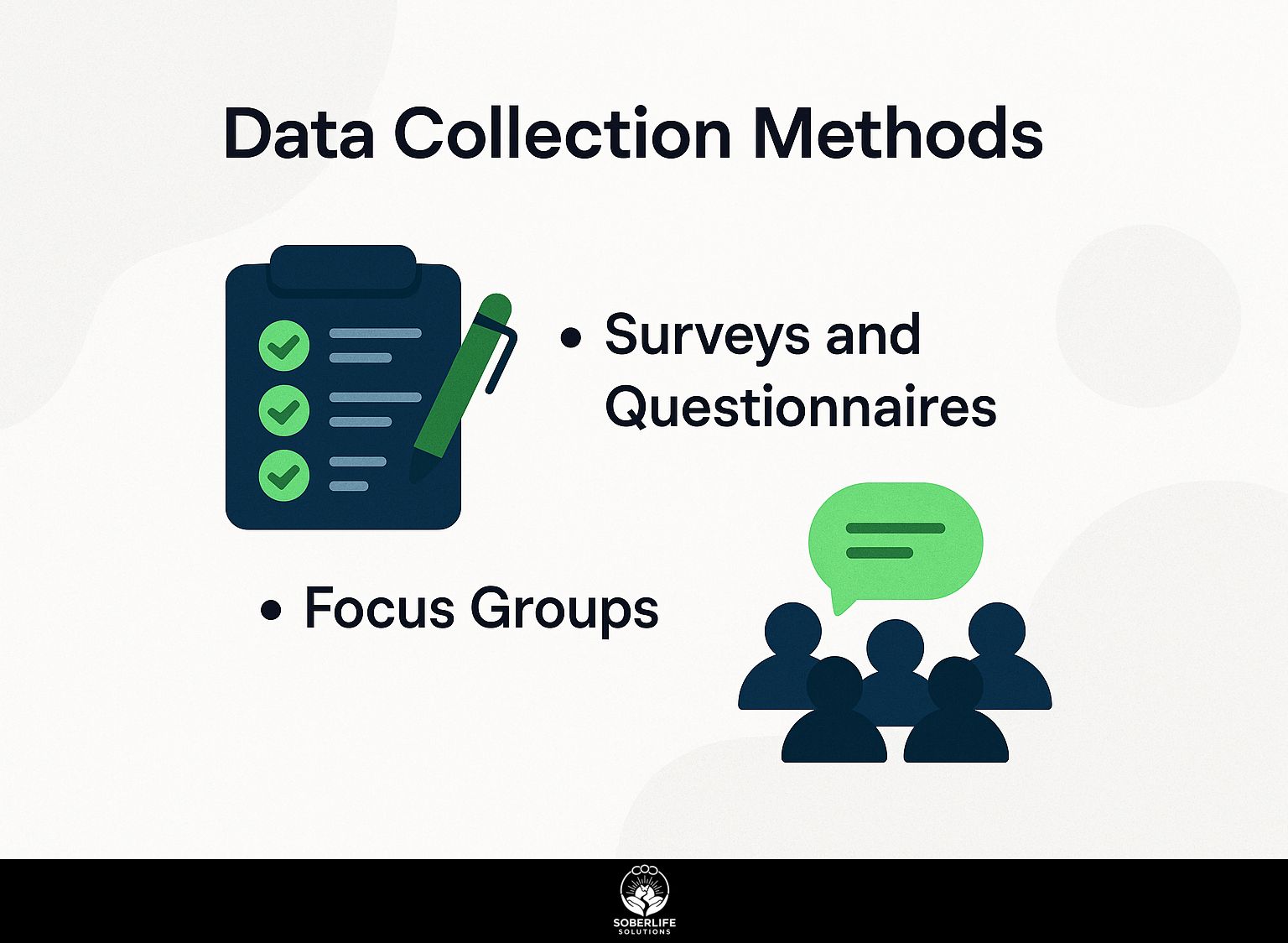
Collecting data from various sources gives a complete view of peer support programs, making the information more useful.
Surveys and Questionnaires
Surveys and questionnaires are powerful tools for gathering structured data on participant experiences and program efficacy in peer support settings.
To design effective surveys, keep the length to 10-15 questions to maximize response rates.
Use different question types, like Likert scales to measure agreement, and open-ended questions to gather detailed feedback.
Platforms like SurveyMonkey and Google Forms are user-friendly and provide good analytics.
After collecting responses, analyze data using statistical methods or visualizations to identify trends. For instance, if most respondents rate their experience as below average, this highlights areas needing improvement.
Share your findings with your team to inform changes to the program and improve participant support.
Focus Groups
Focus groups create an active environment where participants talk about their experiences and views, producing detailed qualitative information on how well peer support works.
- To run focus groups well, begin by choosing 6-10 participants from different backgrounds who represent your intended audience. This variety leads to more meaningful conversations.
- Next, develop a set of open-ended questions that encourage dialogue while keeping participants on track. Tools like Zoom or Google Meet can facilitate remote sessions, enabling broader geographic reach.
- After the session, write down what was said and examine the discussions to find common themes and ideas. This method provides useful feedback to help direct your support efforts.
Analyzing and Interpreting Data
Examining data from peer support programs helps assess their effectiveness and make informed adjustments.
Common methods include statistical analysis for quantitative data and thematic analysis for qualitative data.
For example, using SPSS, you can assess program outcomes by running descriptive statistics to summarize participant feedback scores. Meanwhile, thematic analysis involves coding open-ended survey responses to identify recurring themes, such as ‘community feeling’ or ‘resource sharing.’
This approach has two sections. It offers a full overview that aids in tracking progress and knowing how participants are experiencing the program. This helps in making informed choices to make the program better.
Reporting and Communicating Results
Clearly sharing and explaining outcomes to stakeholders is important for openness and gaining ongoing backing for peer support programs.
To make effective reports, begin by using data visualization tools such as Tableau or Google Data Studio. These tools help you show data in a way that’s easy for users to understand.
Adjust your communication for different audiences: for executives, concentrate on important statistics and strategic information; for team members, provide detailed results and practical information.
Use storytelling methods to connect the data to real-life situations, like sharing case studies that focus on personal achievements. This method improves comprehension, promotes participation, and supports teamwork.
Continuous Improvement Strategies
Using ongoing improvement methods keeps peer support programs attentive to what participants need and helps them improve emotional health.
To improve these programs, think about setting up regular sessions where participants can discuss their experiences and offer suggestions.
For example, gather anonymous surveys every three months to get feedback and identify areas for improvement.
Implementing pilot programs enables testing of new approaches in a controlled setting-like introducing a mentorship component for newcomers.
Adjust strategies based on collected evaluation data, ensuring that changes align with participant preferences.
An agency in Toronto used these methods, leading to a 30% rise in satisfaction ratings within a year. For an extensive analysis of how peer support programs can thrive in various environments, explore our comprehensive study of peer support settings in hospitals, schools, and community centers.
Frequently Asked Questions
What are some common metrics used to measure success in peer support groups?
Some common metrics used to measure success in peer support groups include attendance rates, participation levels, and self-reported improvement in well-being and coping skills.
How can attendance rates be used as a metric for measuring success in peer support groups?
Attendance rates can be used to measure the level of engagement and commitment of group members, as well as the overall interest and demand for the support group. Higher attendance rates may indicate a successful and well-received support group.
Why is participation level an important metric for measuring success in peer support groups?
How much people take part can show how much trust and ease they feel in the support group. Higher levels of participation may indicate a strong sense of community and support among group members.
How can self-reported improvement in well-being and coping skills be used as a metric for measuring success in peer support groups?
Self-reported improvement in well-being and coping skills can provide a direct measure of the impact the support group has had on its members. This can include improved self-esteem, coping mechanisms, and overall mental and emotional well-being.
What other metrics can be used to measure success in peer support groups?
Besides attendance, involvement, and self-reported progress, other ways to assess success in peer support groups are retention rates, how the group interacts, and member satisfaction surveys.
Why is it important to regularly track and measure success in peer support groups?
Regularly checking and evaluating progress in peer support groups helps leaders and members find areas that need work, change plans and tasks, and confirm the group is meeting the needs and aims of its members. It also provides a sense of accountability and can help attract new members to the group.

